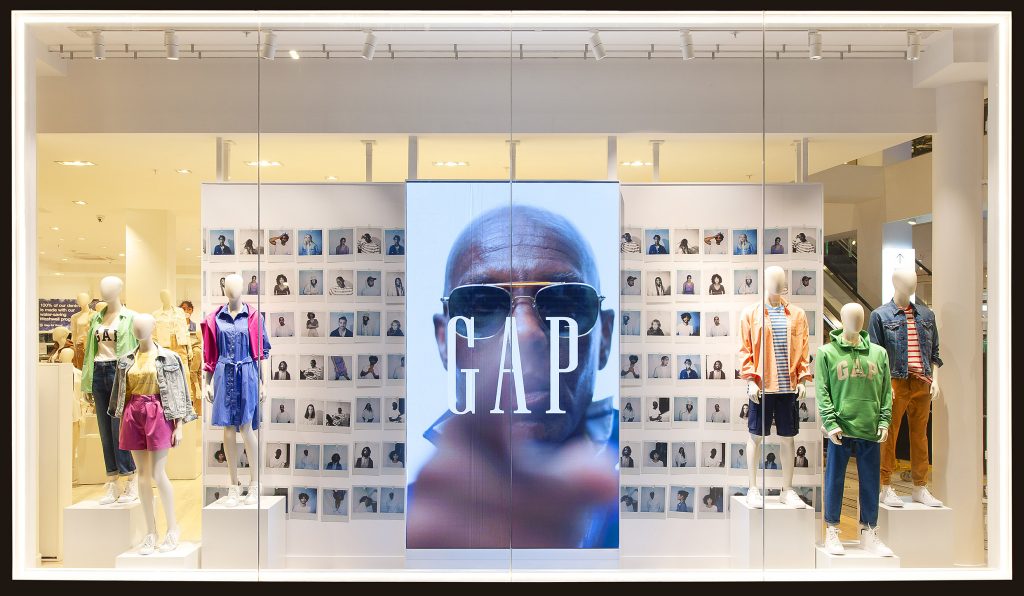
Gap returns to UK high streets with retail concessions in Next stores
As the mainstay of British retail, Next, begins a partnership with US clothing retailer, Gap, we’re asking the question “do in-store concessions represent the future of traditional retail?”.
First announced in September 2021, the joint venture sees Next offering Gap an opportunity to re-establish itself on UK high streets with the opening of a new chain of retail concessions, the first of which has just opened inside its Oxford Street flagship.
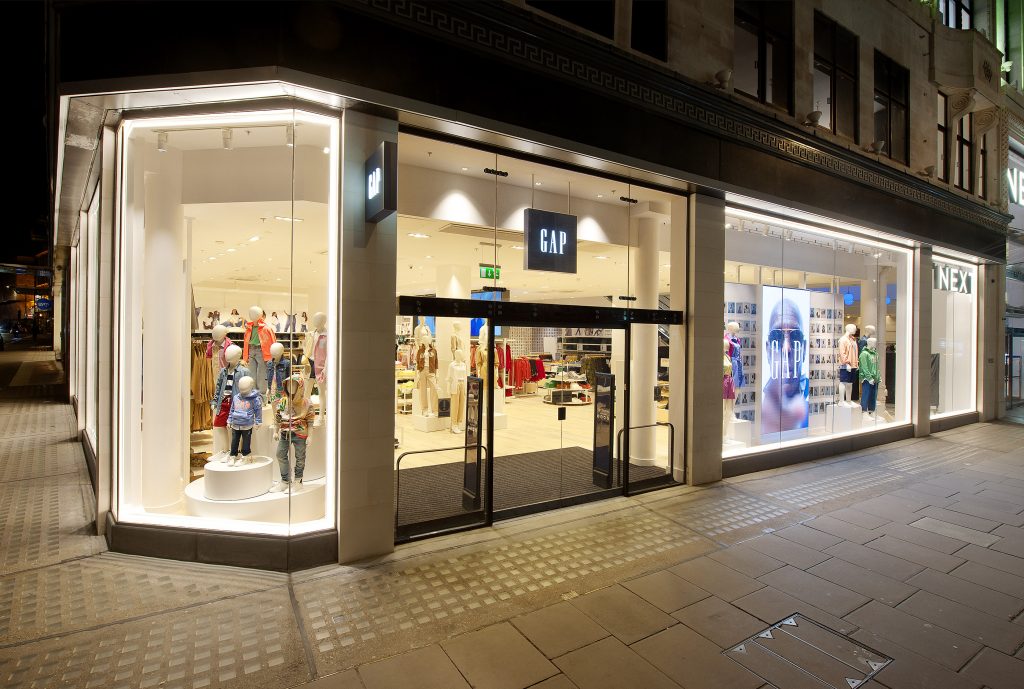
But, what is a retail concession?
Retail concessions are dedicated areas within a large, single-brand store that are occupied by an unrelated but complementary brand. They serve as a convenient, cost-effective solution at a time when increasing numbers of well-established brands are finding it harder and harder to compete against the growth of eCommerce.
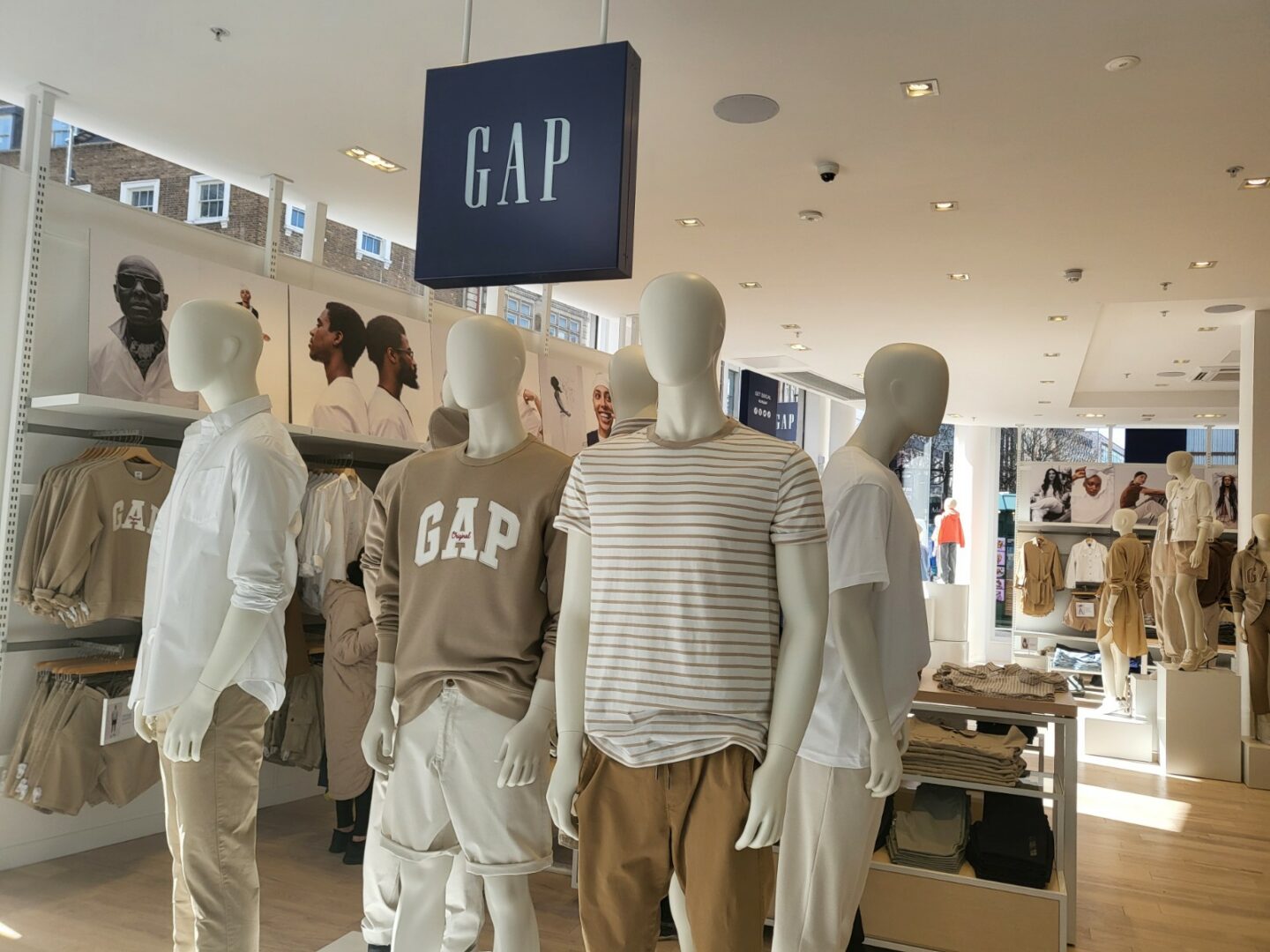
The new partnership with Gap is not the first time that Next has explored the retail concession concept and moved further in the direction of the department store model. Its larger outlets already play host to concessions from Paperchase, Lipsy, Sockshop and Costa Coffee as part of its longer-term strategy to transform its stores into experiential shopping destinations.
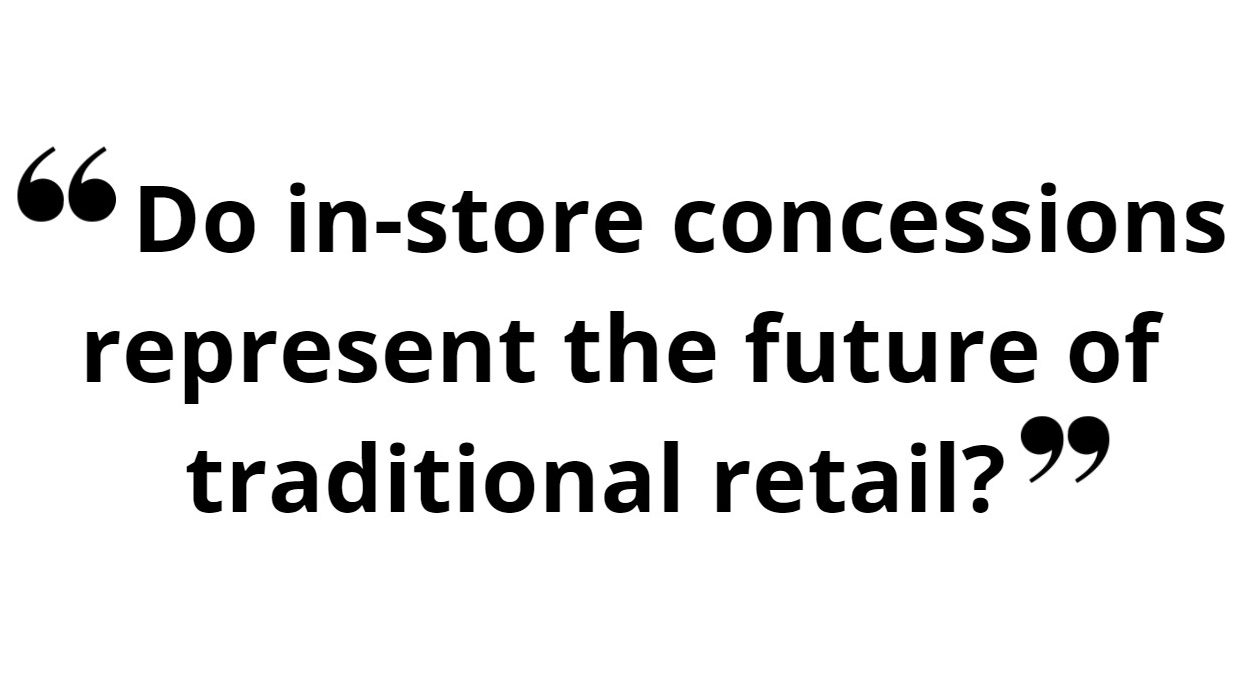
More widely still, Next is not the first big-name brand to embrace concessions as a part of its core retail strategy. The likes of Sainsbury’s, Boots and Marks & Spencer have also joined forces with complementary brands (Habitat, Mothercare and The Early Learning Centre respectively) to attract a broader demographic of shoppers into their stores by diversifying their product offerings.
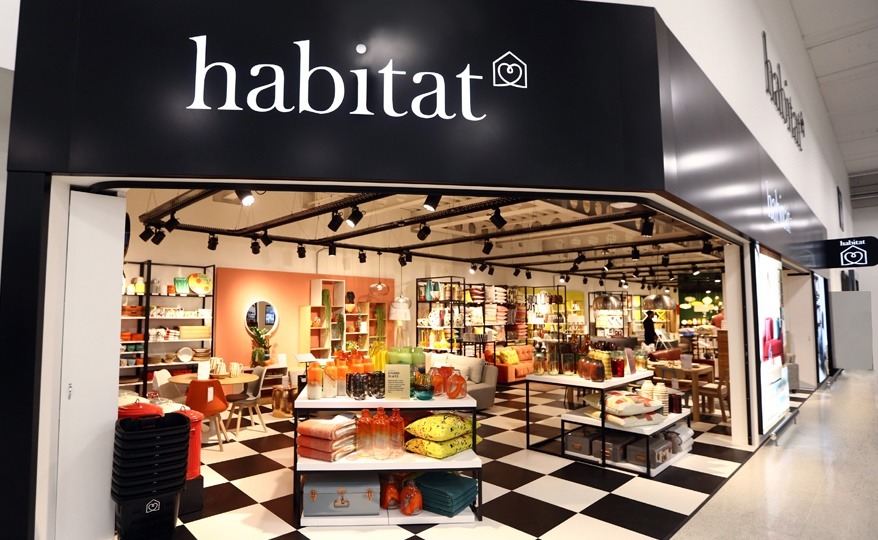
This is because retail concessions are a lifeline for both brands involved. For the host, they provide an easy way to increase footfall by appealing to the shoppers that are already loyal to the hosted brand. For the concession brand, they provide a low-cost way of retaining a presence on the high streets and offering their customers a genuine omnichannel service.
Ultimately, the rising popularity of in-store concessions is telling of there being a seismic shift taking place within the retail sector. The transaction-based store model is being replaced by an experience-focused alternative that sees brands creating sensory, multi-dimensional shopping experiences for their customers in an effort to entice them offline and back into the physical domain.
At Unibox, we have over 30 years of hands-on experience in creating retail spaces that deliver. From custom lighting systems and shelving solutions to illuminated signage and graphic displays, our teams can provide the manufacturing capabilities and design services needed to help your business succeed.
For more information on our range of retail solutions, contact our team here.





